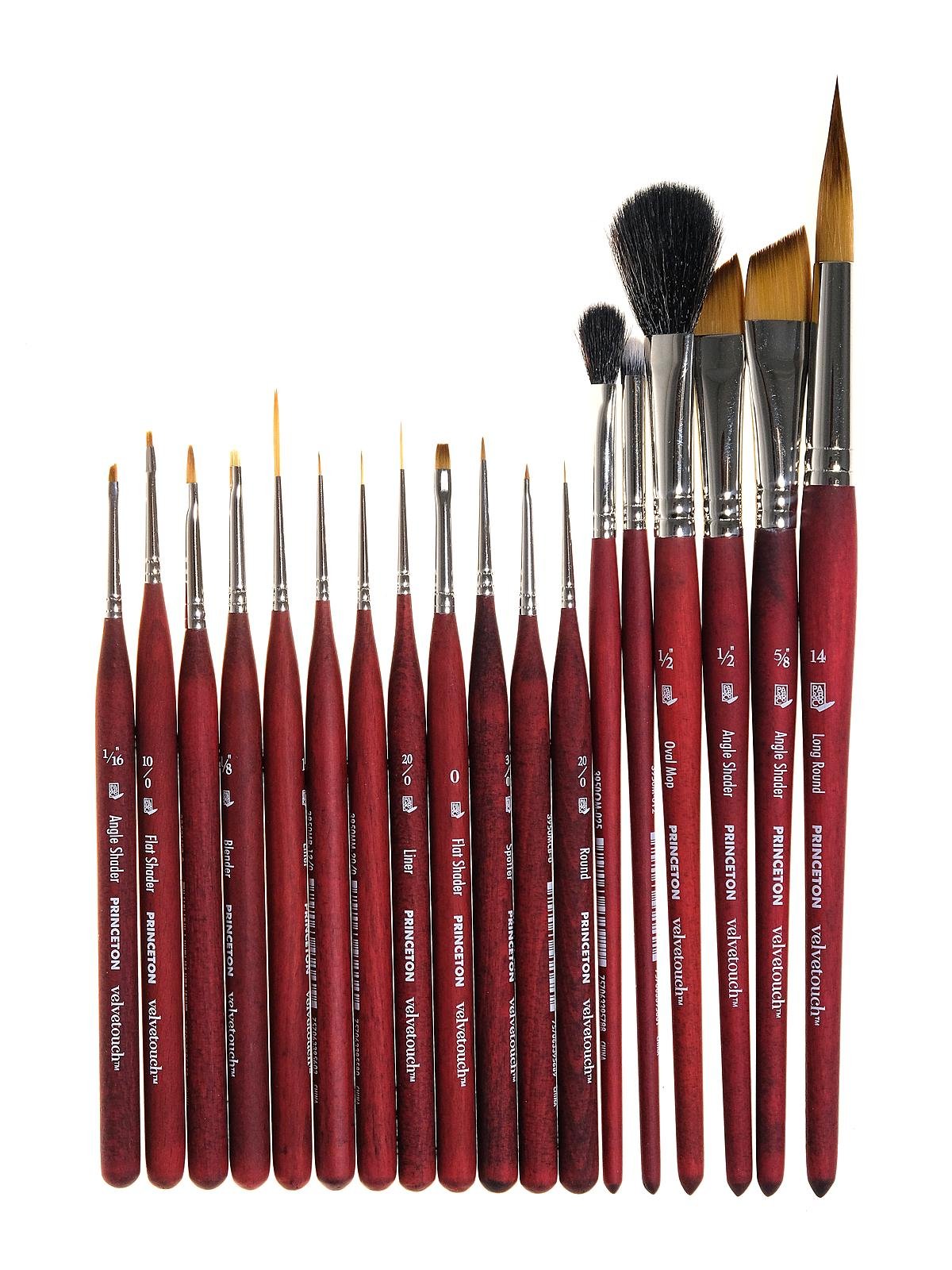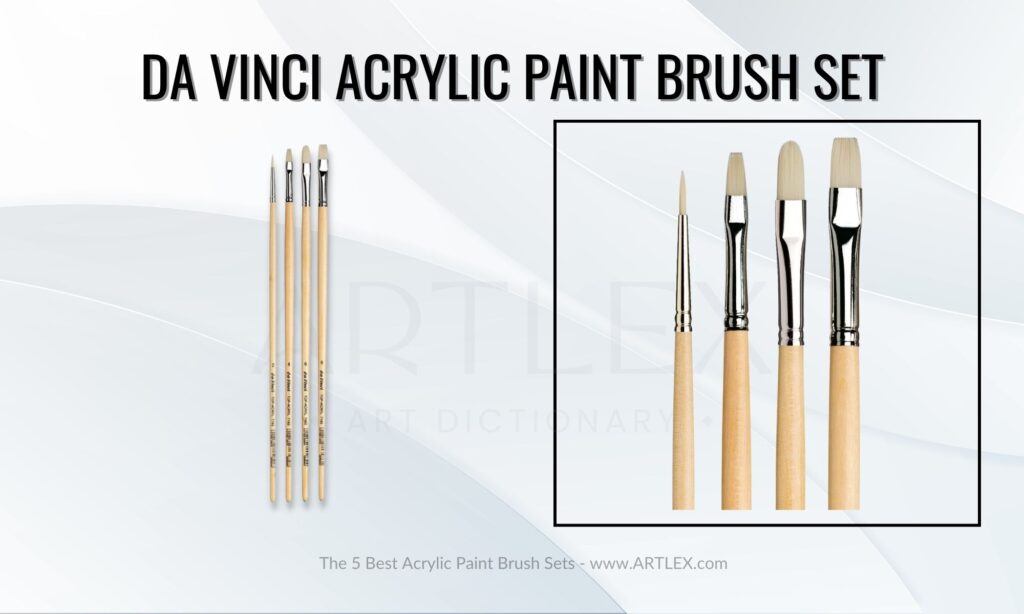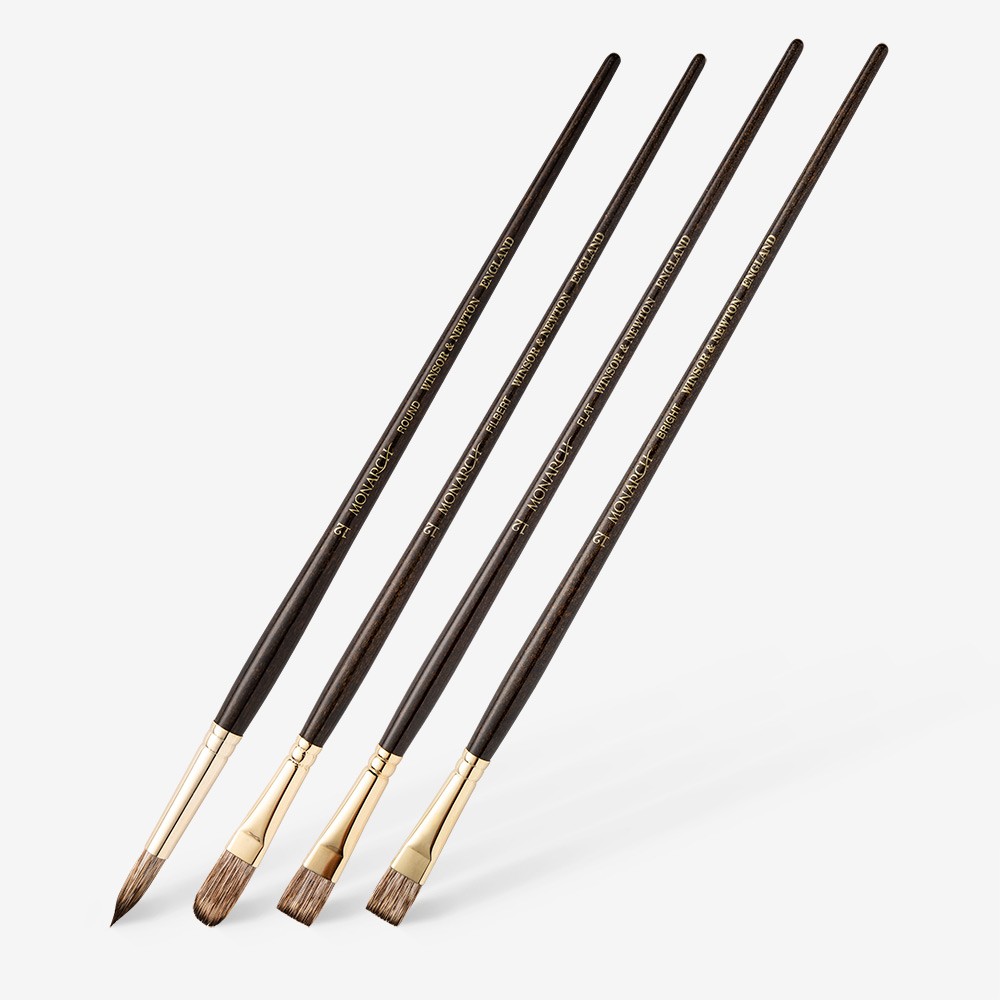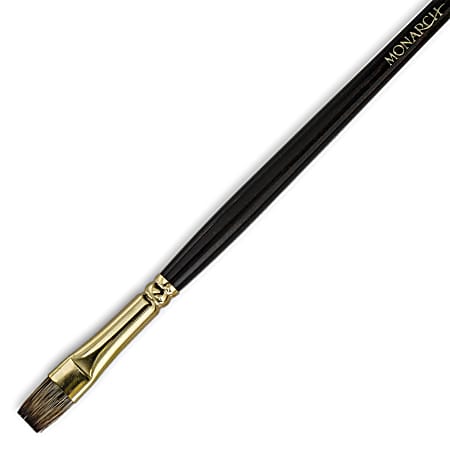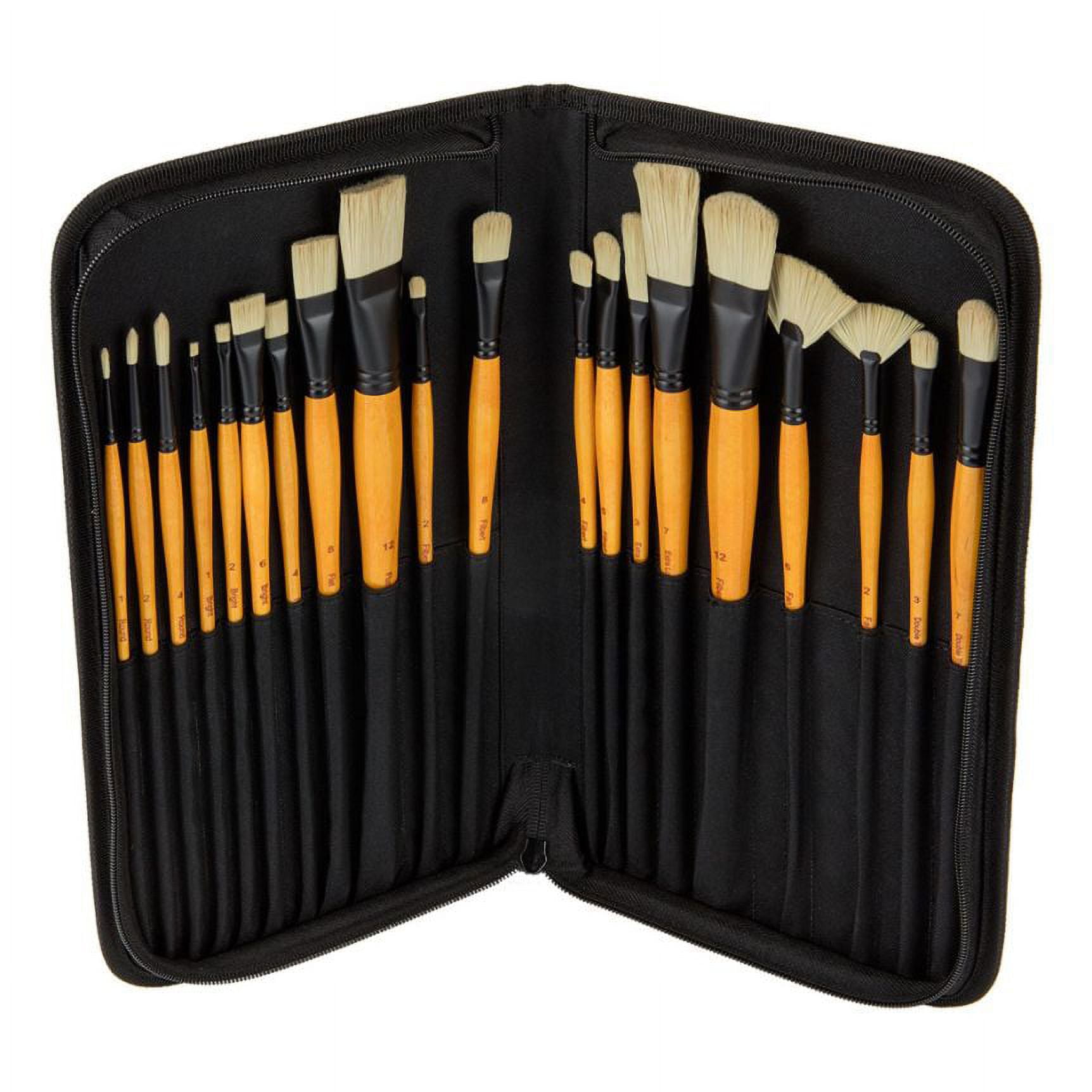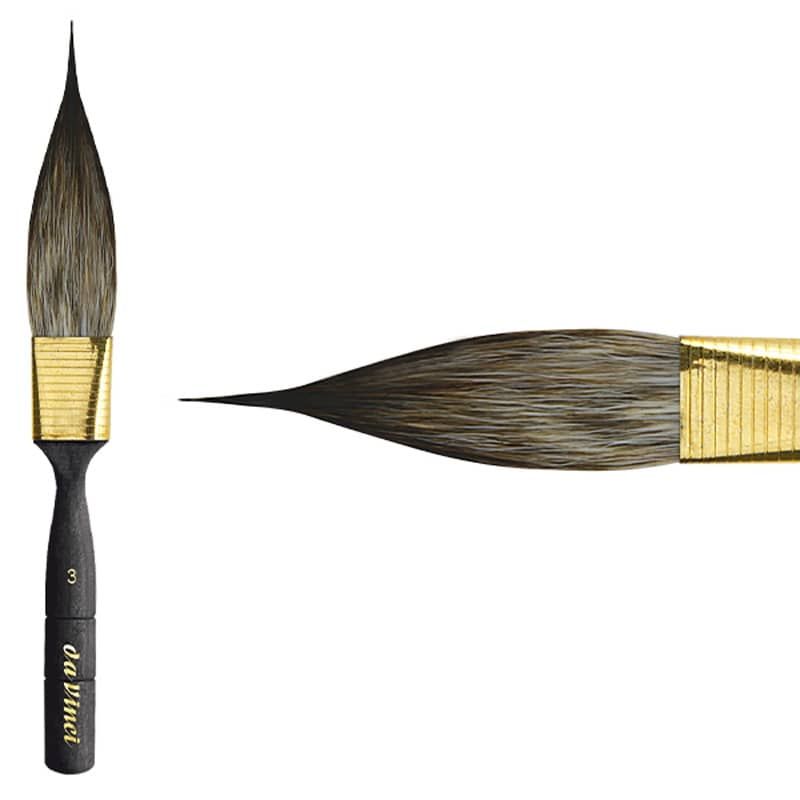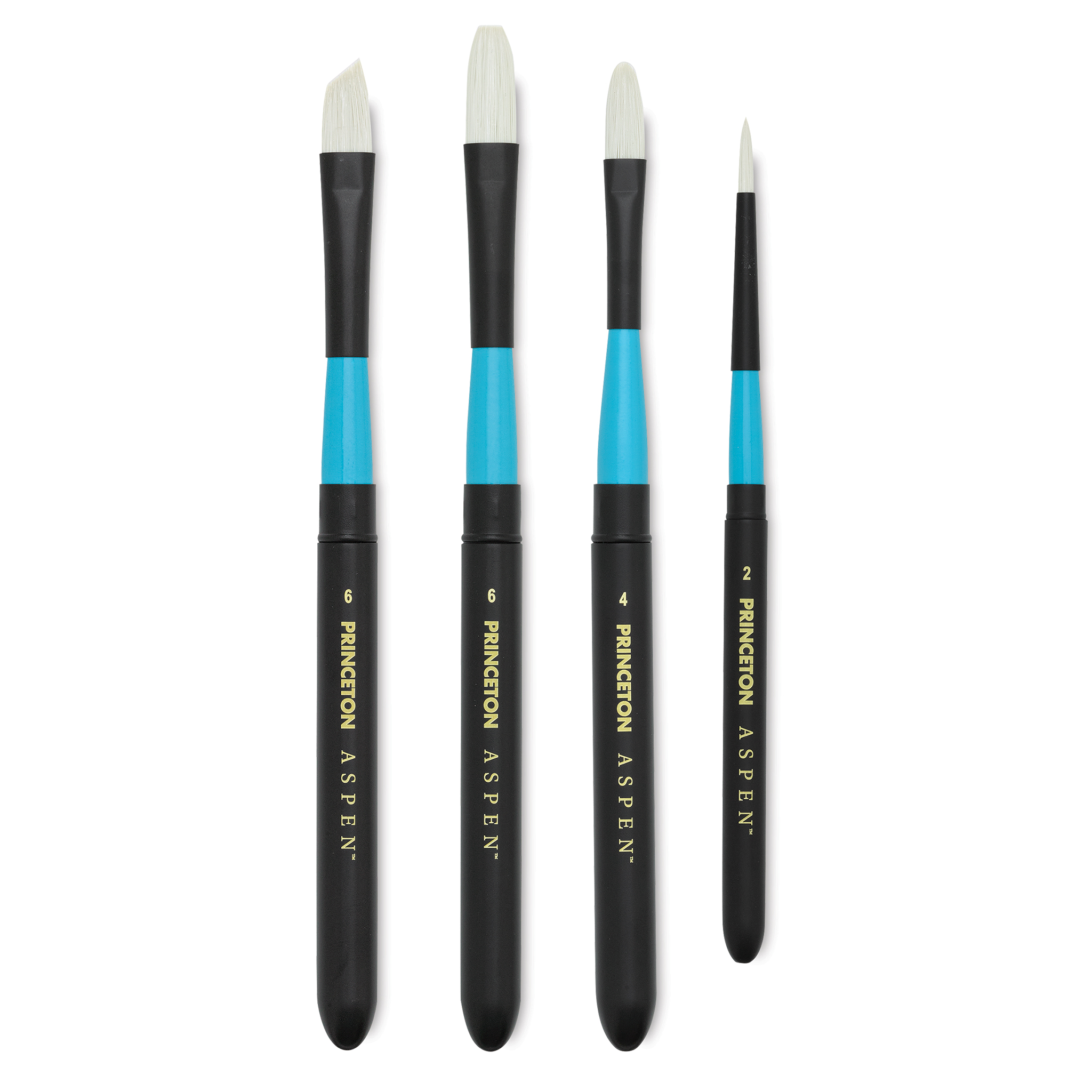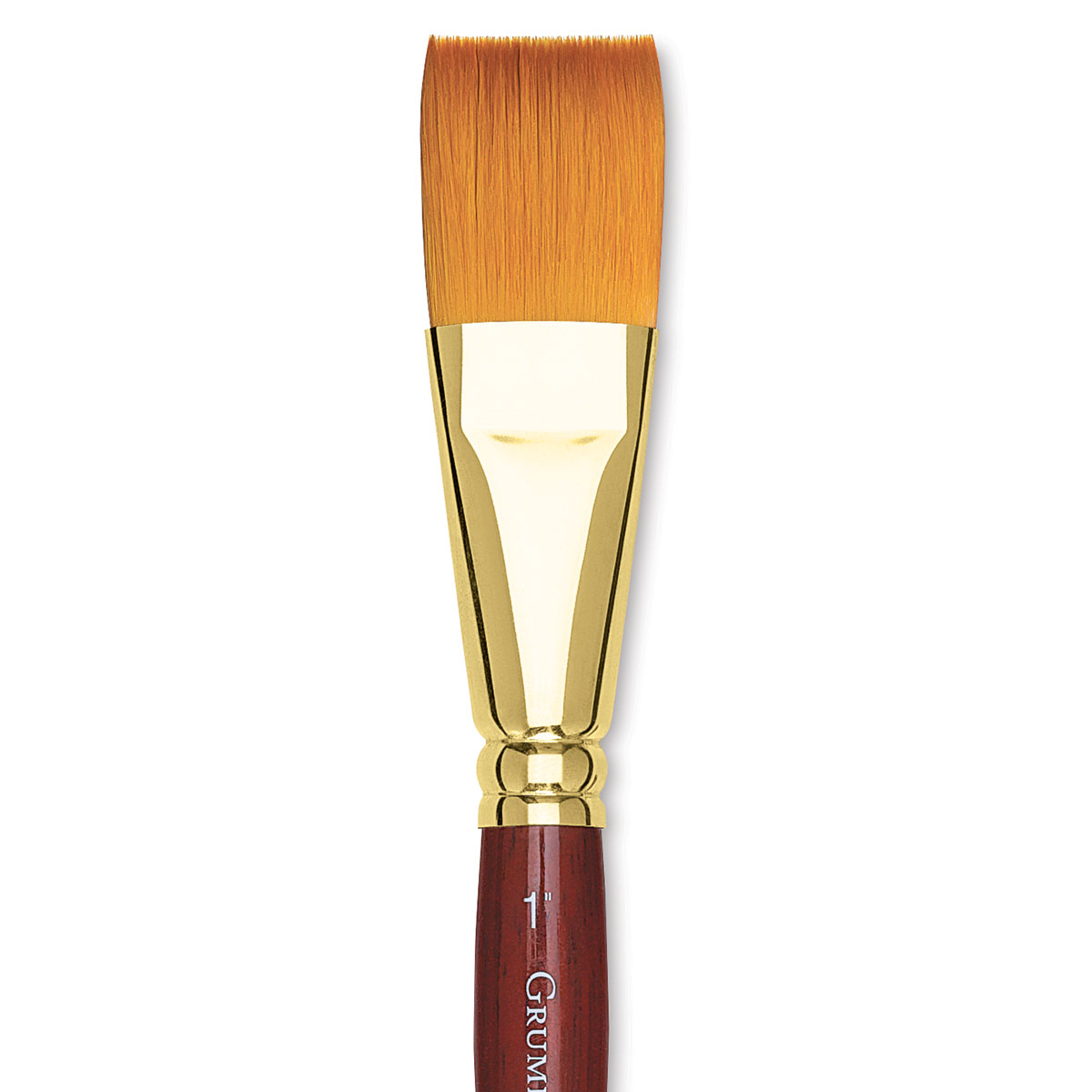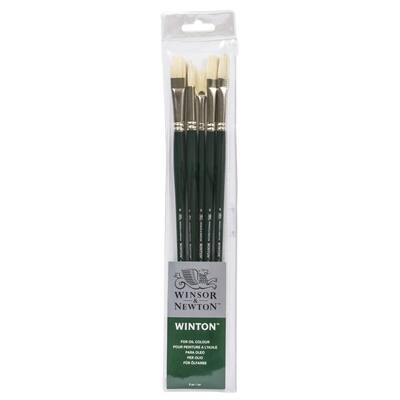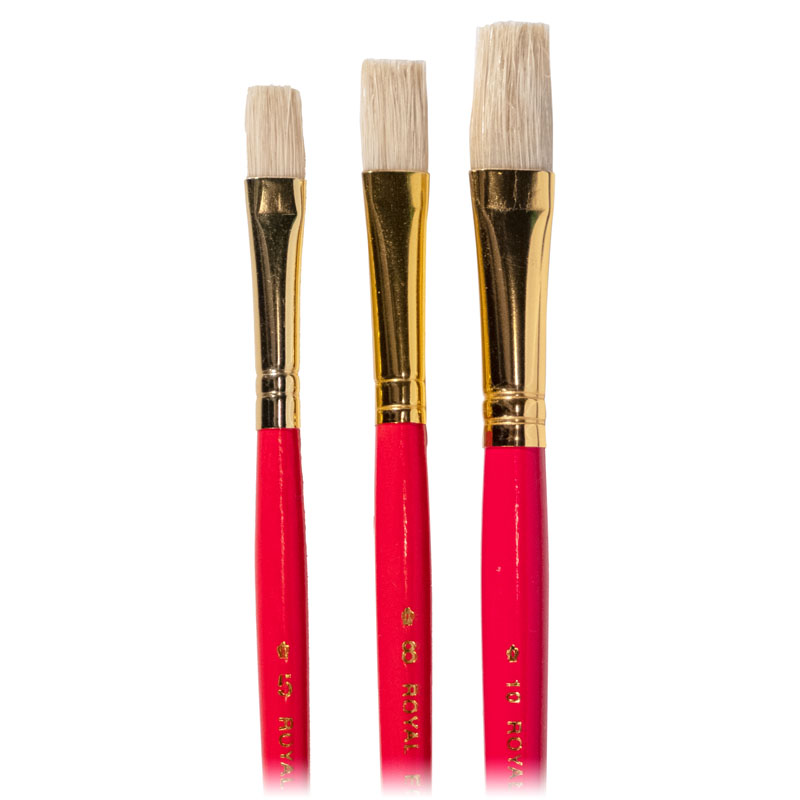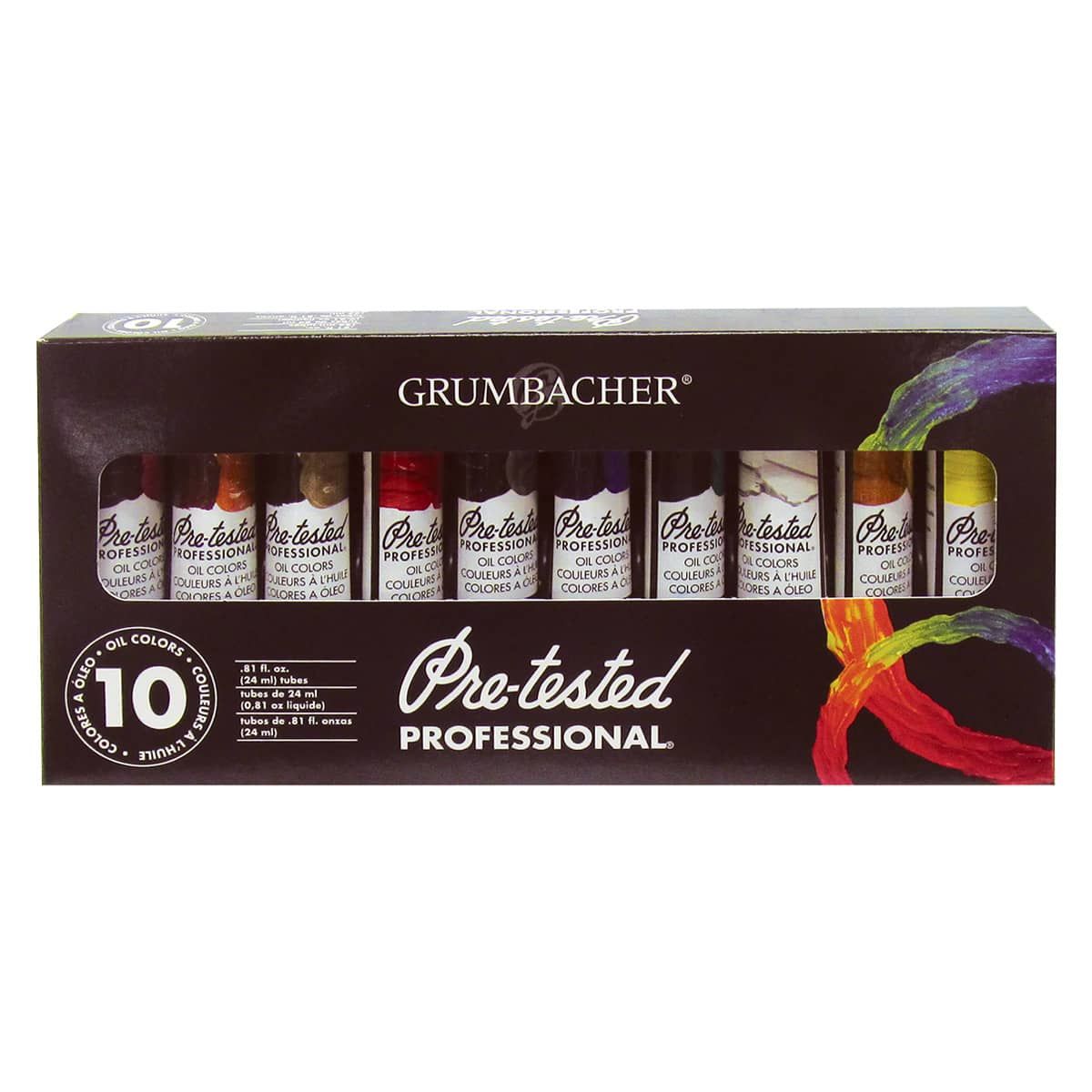Discover Pandipedia
Pandipedia is the world's first encyclopaedia of machine generated content approved by humans. You can contribute by simply searching and clicking/tapping on "Add To Pandipedia" in the answer you like. Learn More
Expand the world's knowledge as you search and help others. Go you!
Let's look at alternatives:
- Modify the query.
- Start a new thread.
- Remove sources (if manually added).
- Request a manual search from our human research team.

Jellycat was founded in 1999 in London by brothers Thomas and William Gatacre, originally targeting a niche in the plush toy market that combined quirky designs with premium quality. Their vision was to produce soft toys that stood out due to their unique style and luxurious materials. Initially starting with a small stall at trade shows, the brand quickly gained popularity and secured partnerships with prominent retailers such as John Lewis and Selfridges, which contributed to its early growth and recognition in the market[3][6].
By 2021, Jellycat expanded its operations internationally, opening a subsidiary in Minneapolis in 2001. This global reach has allowed the company to establish a presence across many markets, including the US, Europe, and Asia. As of the end of 2023, Jellycat reported revenue growth of 37%, reaching £200 million, largely attributed to its booming online presence and successful marketing strategies[1][9].
Unique Marketing Strategies

Jellycat's marketing strategy is centered around the emotional appeal of its products, focusing on comfort, nostalgia, and joy. The company has effectively tapped into broader consumer trends, particularly during the COVID-19 pandemic, where demand for comforting products surged. As consumers shifted focus to online shopping, Jellycat's revenue saw an impressive increase, showcasing its ability to thrive under changing market conditions[4][9].
To further engage customers, Jellycat introduced experiential marketing initiatives like the 'Jellycat Diner' and various pop-up cafes in major cities worldwide. These immersive experiences not only heightened brand visibility but also fostered community engagement and excitement. The pop-up concepts, which included thematic elements like a fish and chips shop in London and a patisserie in Paris, have proven successful in attracting significant foot traffic and have often gone viral on social media, amplifying the brand's reach[1][8][9].
Emphasis on Quality and Design

A cornerstone of Jellycat's appeal lies in its commitment to quality. The brand prioritizes the use of soft, luxurious fabrics and innovative designs that appeal to both children and adult collectors. This focus on high-quality materials has allowed Jellycat to differentiate itself from competitors in the plush toy market, leading to a strong following among both young and adult consumers. Jellycat's designs are often whimsical, featuring everything from plush animals to quirky objects like food items, further enhancing their collectability[6][7][9].
Moreover, Jellycat has effectively embraced the concept of anthropomorphism, giving their toys distinct personalities that resonate emotionally with consumers. This strategy not only helps forge strong connections with customers but also supports the brand's positioning within the lifestyle market, appealing to a wider age range than traditional toy companies[1][3].
Digital and Social Media Presence

In today's digital landscape, social media plays a vital role in Jellycat's marketing efforts. The company has cultivated a robust online presence, with extensive user-generated content from fans sharing their collections on platforms like TikTok and Instagram. This community-driven content has significantly enhanced brand visibility and engagement, creating a sense of urgency and collectability around Jellycat products. With over half a million followers on TikTok and a robust presence on Instagram, Jellycat has crafted a unique niche that allows customers to engage with the brand in personal and meaningful ways[9].
Jellycat's ability to adapt its marketing strategies to suit current trends has been crucial for its ongoing success. The brand continuously releases new collections, introducing around 200 new items each January and July, thereby maintaining excitement and interest among consumers[3][5]. Additionally, their focus on creating emotional connections through their products and marketing strategies has fostered lasting loyalty amongst customers.
Looking to the Future
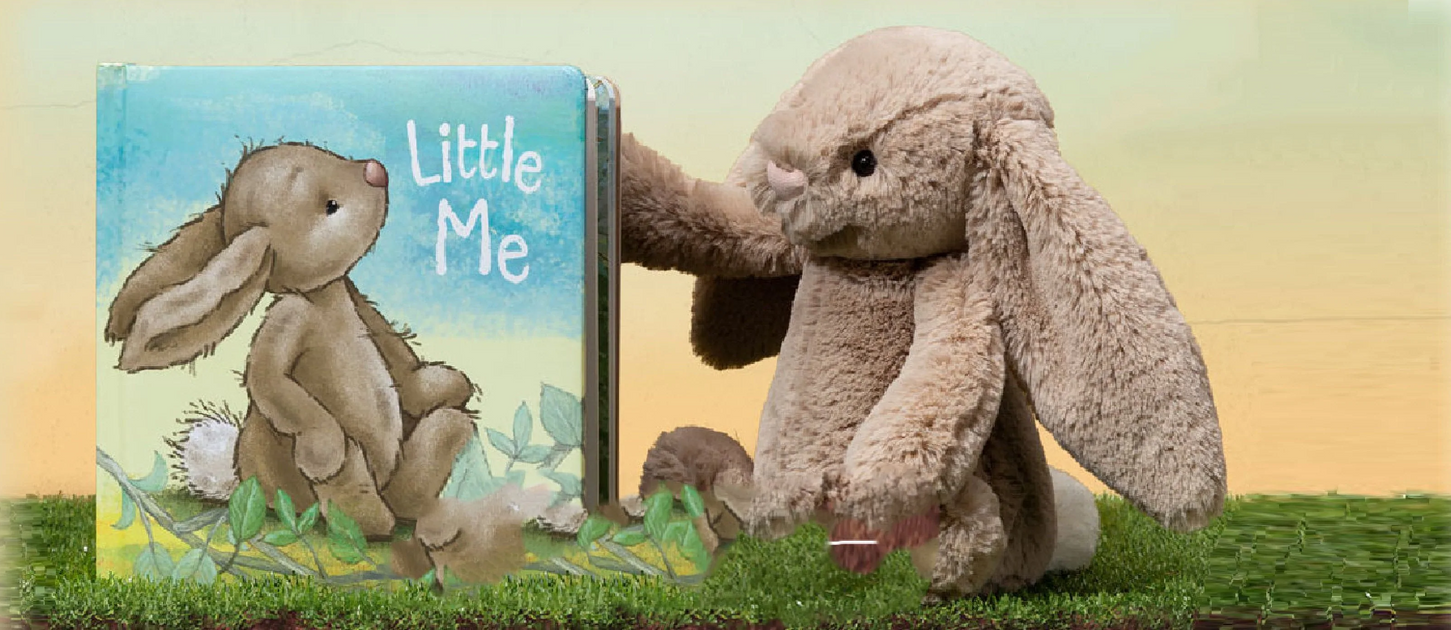
Future initiatives for Jellycat include a continued emphasis on sustainability, with plans to implement environmentally friendly practices and materials within their operations. This focus not only aligns with evolving consumer values but also helps solidify Jellycat's reputation as a responsible brand in a competitive market[3][8].
In conclusion, Jellycat's journey from a small stall at trade shows to a leading luxury plush toy brand is a testament to its innovative designs, effective marketing strategies, and dedication to quality. By emotionalizing its product experience and leveraging community engagement through digital platforms, Jellycat has successfully carved a unique space in the plush toy market, appealing to a diverse consumer base across generations.
Let's look at alternatives:
- Modify the query.
- Start a new thread.
- Remove sources (if manually added).
- Request a manual search from our human research team.
Get more accurate answers with Super Search, upload files, personalised discovery feed, save searches and contribute to the PandiPedia.
Let's look at alternatives:
- Modify the query.
- Start a new thread.
- Remove sources (if manually added).
- Request a manual search from our human research team.
Let's look at alternatives:
- Modify the query.
- Start a new thread.
- Remove sources (if manually added).
- Request a manual search from our human research team.

Urban green spaces, including parks, gardens, and natural landscapes, play a vital role in enhancing the quality of life for city residents. The positive impacts of these green areas transcend mere aesthetics, offering substantial psychological, physical, and social benefits.
Mental Health Improvements
One of the most significant benefits of urban green spaces is their contribution to mental health. Numerous studies indicate that access to greenery can alleviate symptoms of stress, anxiety, and depression. Specifically, living in urban areas with ample green space is correlated with lower levels of mental distress and improved emotional well-being. For instance, individuals residing in greener neighborhoods report feelings of calm, lower anxiety, and enhanced overall happiness compared to those in less vegetated areas[2][7]. Evidence also demonstrates that frequent recreational visits to green spaces can improve psychological health, significantly reducing medication use for anxiety and depression[4].
Furthermore, proximity to nature is linked to a stronger sense of community and social cohesion. Green spaces serve as communal areas where residents can engage with one another, thereby fostering social ties that are crucial for emotional support and mental well-being[2][3]. Indeed, various studies highlight the restorative effects derived from interacting with nature, which can enhance individuals' ability to manage life challenges and positively contribute to their self-esteem and overall life satisfaction[3][6].
Physical Health Benefits
Urban green spaces encourage physical activity by providing safe and accessible areas for exercise, such as walking, jogging, cycling, and various recreational activities. Studies show that people who regularly use these green areas report higher levels of physical activity, which directly correlates with improved health outcomes and lower healthcare costs associated with sedentary lifestyles[4][5]. In fact, engaging in physical activities within these natural settings can significantly reduce the risk of chronic diseases, further promoting long-term health benefits[6][7].
Moreover, green areas contribute to public health by mitigating urban heat island effects, improving air quality, and reducing exposure to environmental pollutants. Vegetation filters air contaminants, provides shading, and facilitates cooling, which collectively enhance the urban living environment[3][7]. These factors not only promote better respiratory health but also create more inviting spaces conducive to physical activities.
Enhancing Environmental Quality
Urban green spaces play a crucial role in managing urban environments. They help regulate rainfall, prevent flooding, and absorb pollutants, contributing to the overall health of urban ecosystems. For example, implementing green infrastructures, such as urban gardens and green roofs, can effectively manage stormwater runoff while enhancing biodiversity within city limits[5][7].
Creating interconnected green networks across urban settings can also support wildlife, enriching local biodiversity and fostering a more resilient urban ecosystem. Such ecological benefits can be essential in combating the adverse effects of urbanization, including pollution and habitat loss[3][5].
Promoting Social Interaction and Community Wellness
The design and accessibility of urban green spaces have a profound influence on social interactions among community members. Parks and recreational areas provide spaces where people of all ages can meet, interact, and participate in communal activities, which not only promotes physical well-being but also builds social capital. This aspect is particularly valuable in densely populated or underserved areas, where residents may feel isolated[2][3][5].
Furthermore, green spaces can serve as venues for community events and social gatherings that strengthen community ties and promote inclusivity[2][5]. They can be integral to addressing health inequalities, as neighborhoods with better access to quality green space provide greater opportunities for physical activity and community engagement, thereby improving overall health outcomes across diverse populations[3][5][7].
Conclusion

In summary, the multifaceted benefits of urban green spaces extend across mental, physical, and community health realms. Enhancing access to greenery not only fosters improved individual well-being but also catalyzes healthier, more connected communities. As global urbanization continues to rise, integrating sufficient green spaces into city planning becomes increasingly vital for sustaining healthy urban environments. Prioritizing these areas can yield significant long-term advantages for both residents and the ecosystems they inhabit, highlighting the critical need for thoughtful urban development strategies that embrace nature as a core component of city life[4][7].
Let's look at alternatives:
- Modify the query.
- Start a new thread.
- Remove sources (if manually added).
- Request a manual search from our human research team.

A sedentary lifestyle is linked to several health risks, including cardiovascular disease, diabetes, obesity, and various cancers. It may lead to the build-up of fatty materials in arteries, increasing the risk of heart attacks and strokes[3]. Additionally, prolonged sitting can decrease metabolic function, making it harder to break down fats and sugars, which can contribute to weight gain and muscle loss[4][5].
Sedentary behavior is also associated with higher mortality rates. Those who sit for extended periods, such as more than eight hours a day, face risks similar to those posed by smoking and obesity[6]. Furthermore, inactivity may lead to poorer mental health outcomes, including increased depression and anxiety[4].
Let's look at alternatives:
- Modify the query.
- Start a new thread.
- Remove sources (if manually added).
- Request a manual search from our human research team.
Get more accurate answers with Super Search, upload files, personalised discovery feed, save searches and contribute to the PandiPedia.
Princeton Velvetouch Mixed-Media Brushes
High-quality synthetic brushes designed for durability and control, suitable for acrylic, watercolor, and oil painting[2].
ARTIFY 24 Pieces Paint Brush Set
A comprehensive range of brushes designed for various painting techniques, known for its versatility and quality at an affordable price[3].
Da Vinci Acrylic Paint Brush Set
Professional-grade synthetic brushes that hold color well and provide excellent control, designed specifically for acrylics[4].
Grumbacher Goldenedge Acrylic Paint Brush
Durable synthetic brushes that perform well with acrylics, suitable for both beginners and professionals[10].
Winsor & Newton Monarch Brushes
Professional-quality synthetic brushes that resist wear and hold thicker paint while providing excellent control[6].
Mont Marte Gallery Series Acrylic Brush Set
A beginner-friendly set featuring Taklon synthetic bristles, ideal for various applications[10].
Creative Mark Hog Synthetic Bristle Brushes
Durable brushes designed to mimic the feel of natural hog hair, providing excellent paint control[3].

NicPro 12 Piece Acrylic Paint Brush Set
An affordable set with a variety of shapes and sizes, designed for beginners and intermediate artists[5].
Royal & Langnickel Majestic Paint Brush Set
A synthetic brush set that offers a range of sizes and shapes, perfect for detailed work and versatility[7].
Artify Professional Paint Brushes
A set of 24 brushes crafted for different techniques, featuring durable construction and ergonomic handles[8].
Benicci Acrylic Paint Brush Set
An affordable set of high-quality synthetic brushes, offering a good balance of softness and firmness for smooth application[12].
Da Vinci Casaneo Synthetic Sable Brushes
High-performance synthetic brushes ideal for detailed work and glazing techniques with acrylic paint[9].
Princeton Aspen Synthetic Brushes
Designed to mimic hog hair, these brushes are durable and offer controlled application for thick acrylics[11].
Soucolor Acrylic Paint Brush Set
A complete set with a variety of brushes for different painting needs, made from high-quality synthetic fibers[10].

MyArtscape Detail Paint Brush Set
A detailed brush set recommended for fine work, featuring lightweight and thin Taklon fibers[4].
Mont Marte Art Paint Brushes Set of 15
A set ideal for beginners that includes a diverse range of brush shapes and sizes for various techniques[10].
Conda Professional Paint Brushes
A versatile set featuring high-grade nylon for durability, suitable for both beginners and experienced artists[11].
Grumbacher Goldenedge Synthetic Brushes
Budget-friendly brushes that maintain shape and performance, suitable for artists aiming for durability[10].
D’Artisan Shoppe Artist Paint Brush Set
A professional brush set that offers a good variety and is made with quality materials for various techniques[4].
Winsor & Newton Winton Brushes
Value packs of quality hog hair brushes that work well with acrylics, suitable for artists at any level[6].
Mont Marte Gallery Series
Features a selection of brushes specifically for acrylics, with designs for both detail and broad strokes[10].
Jerry Q Acrylic Paint Brush Set
Budget-friendly option with a variety of sizes, ideal for beginners looking for an affordable start[10].
Royal & Langnickel Short Handle Brushes
Designed for fine detail work, featuring stiff synthetic bristles that hold up well under use[10].

Blick Master Bristle Brushes
Professional brushes made for durability and consistent performance, suitable for acrylics and other mediums[9].
Grumbacher 9000 Series
Known for their exceptional quality and affordability, these acrylic brushes last long while maintaining good performance[10].
Da Vinci Red Sable Brushes
Excellent for spreading paint thinly with high elasticity, ideal for soft body acrylics[12].
Let's look at alternatives:
- Modify the query.
- Start a new thread.
- Remove sources (if manually added).
- Request a manual search from our human research team.
Let's look at alternatives:
- Modify the query.
- Start a new thread.
- Remove sources (if manually added).
- Request a manual search from our human research team.

Choosing the right houseplants involves assessing several key factors such as light, space, and care needs. It's crucial to match plants to your available lighting; some thrive in bright light while others prefer low light conditions. For instance, plants like cacti and succulents enjoy full sun, whereas many foliage plants do best a few feet away from a window[1][5][6].
Consider your lifestyle, especially plant maintenance; low-maintenance options are suitable for busy individuals. Additionally, if you have pets, look for non-toxic varieties[2][5]. Finally, ensure the selected plants fit well within your home décor and available space[3][6].
Let's look at alternatives:
- Modify the query.
- Start a new thread.
- Remove sources (if manually added).
- Request a manual search from our human research team.

The equator is significant for several reasons. It is an imaginary line at 0 degrees latitude that divides Earth into the Northern and Southern Hemispheres, serving as a reference point for the latitude system used in mapping (which includes imaginary east-west lines called parallels)[2][4].
Geographically, the equator is where Earth's circumference is greatest, measuring about 40,075 kilometers (24,901 miles)[3][5]. This unique position also results in an equatorial bulge, meaning that Earth's diameter at the equator is approximately 12,756 kilometers (7,926 miles), compared to about 12,714 kilometers (7,900 miles) at the poles[3].
Climatically, the equator experiences a stable warm climate year-round, with very little seasonal variation. Instead of traditional seasons, regions around the equator generally recognize wet and dry seasons due to their proximity to the Sun, which is almost directly overhead at noon throughout the year[3][5]. Furthermore, during equinoxes, the sun passes directly over the equator, leading to nearly equal lengths of day and night[2][5].
Additionally, the equator is crucial for understanding Earth's climatic zones and ecosystems, particularly the lush tropical rainforests found in equatorial regions, which boast high biodiversity[1][3]. Overall, the equator is a key reference in geography, climate science, and environmental studies.
Let's look at alternatives:
- Modify the query.
- Start a new thread.
- Remove sources (if manually added).
- Request a manual search from our human research team.


